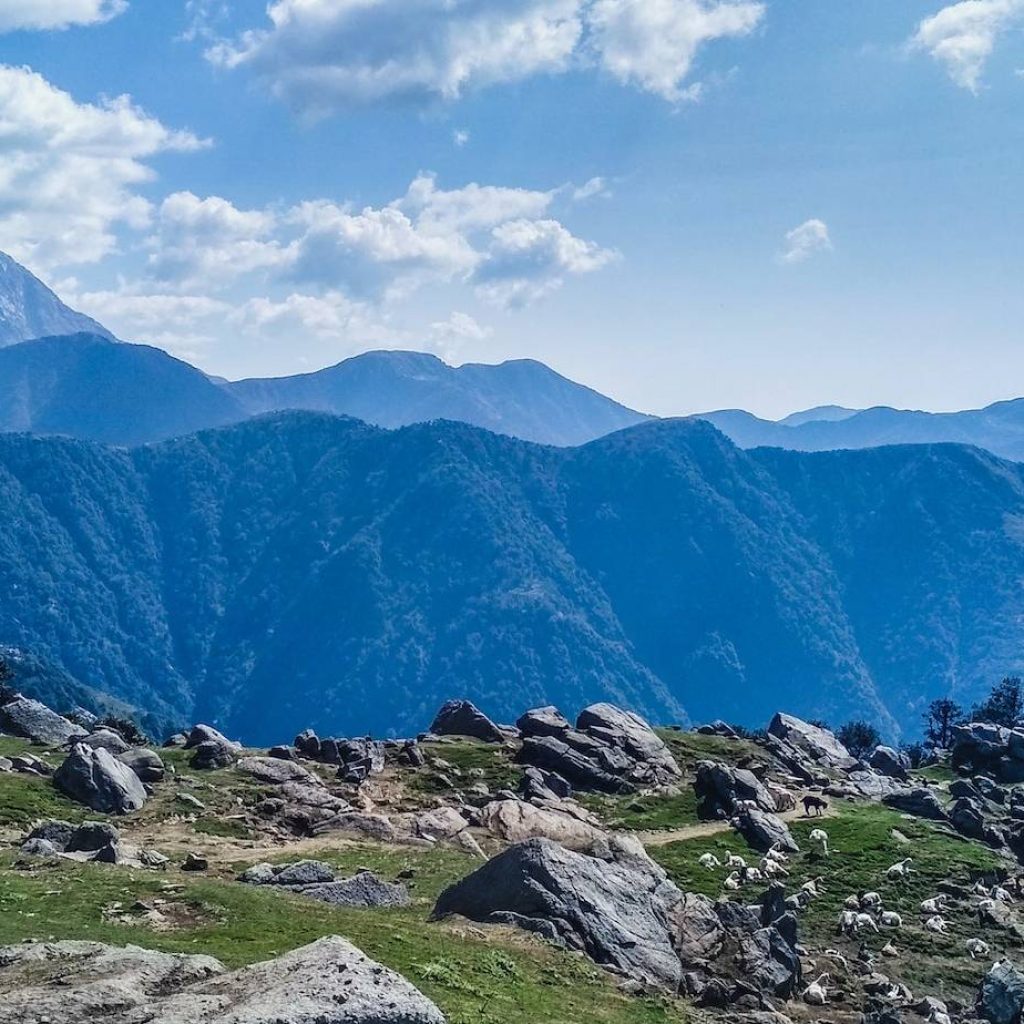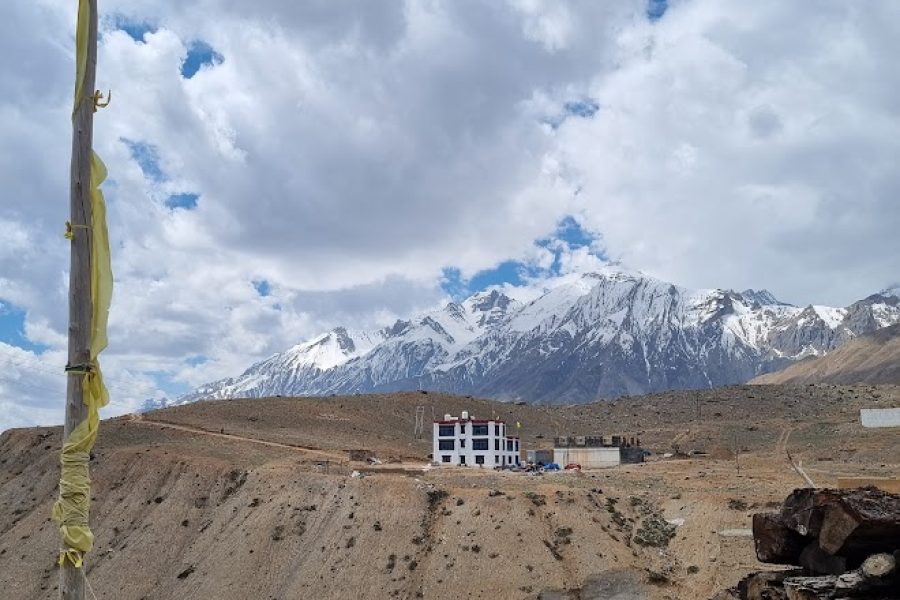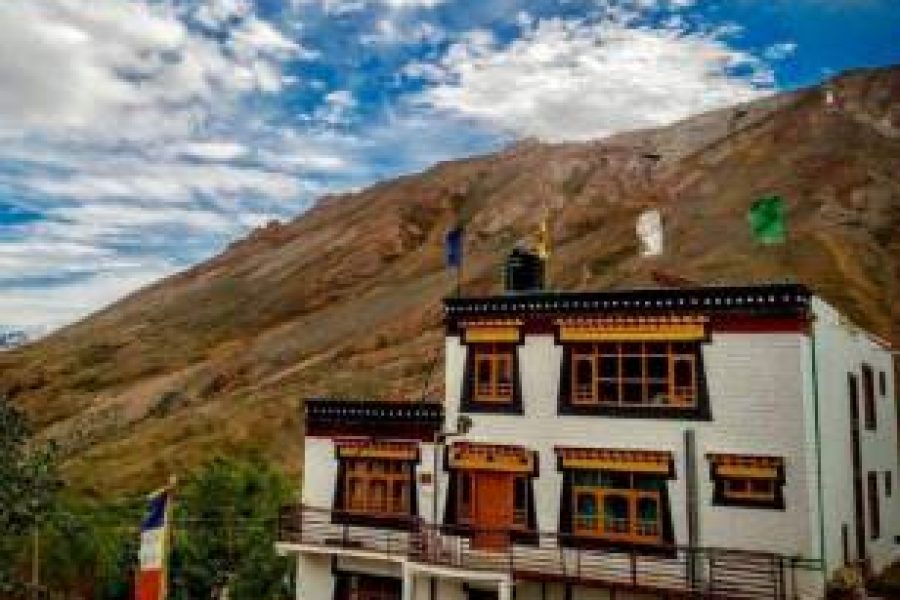Spiti
Spiti Valley is a high-altitude desert region located in the northern Indian state of Himachal Pradesh. It is a remote and isolated region, with a sparse population and limited access to modern amenities. The valley is situated at an altitude of 12,500 feet above sea level and is surrounded by snow-capped peaks, glaciers, and rivers. It is a popular tourist destination for adventure seekers, nature lovers, and spiritual seekers alike.
The name Spiti translates to “middle land” in the Tibetan language, and the valley lies on the ancient trade route between India and Tibet. The region is home to several Tibetan Buddhist monasteries and is considered a sacred place by many Buddhists. The culture and way of life in Spiti have been largely influenced by Tibetan Buddhism, and visitors can witness this in the local customs, festivals, and architecture.
The landscape of Spiti is rugged and raw, with barren hills and deep gorges. The Spiti River, which originates from the Kunzum Range, flows through the valley, and the valleys are dotted with small villages and towns. The weather in Spiti is extreme, with temperatures ranging from sub-zero in the winter to hot in the summer. The best time to visit Spiti is from June to September, when the weather is mild and the roads are open.
There are several places of interest in Spiti Valley. One of the most popular is the Tabo Monastery, which is over a thousand years old and is a UNESCO World Heritage Site. The monastery is famous for its wall paintings and murals, which are considered some of the best-preserved examples of Tibetan Buddhist art.
Another popular destination in Spiti is the Key Monastery, which is located on a hill overlooking the Spiti River. The monastery is over a thousand years old and is home to over 300 monks. It is famous for its thangkas, murals, and prayer wheels.
Kaza is the largest town in Spiti Valley and is the administrative center of the region. The town has a market, a post office, and a few hotels and guesthouses. Kaza is also a good base for exploring the surrounding areas.
Other places of interest in Spiti include the Pin Valley National Park, which is home to several rare and endangered species of animals, including the snow leopard and the ibex, and the Kunzum Pass, which is a high-altitude pass that connects Spiti Valley with the Lahaul Valley.
Overall, Spiti Valley is a unique and breath-taking destination that offers visitors a chance to explore the rugged beauty of the Himalayas and experience the rich cultural heritage of the region. It is a place where visitors can connect with nature, history, and spirituality and create memories that will last a lifetime.



